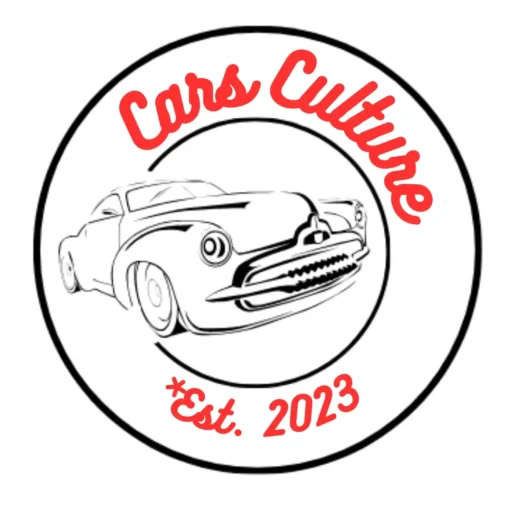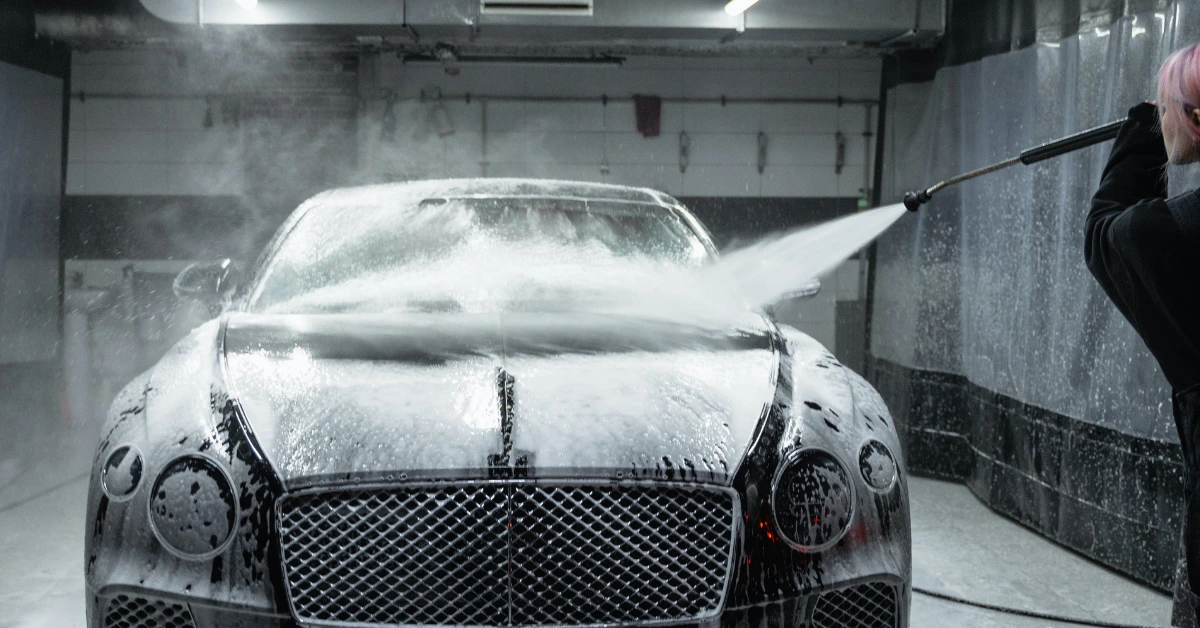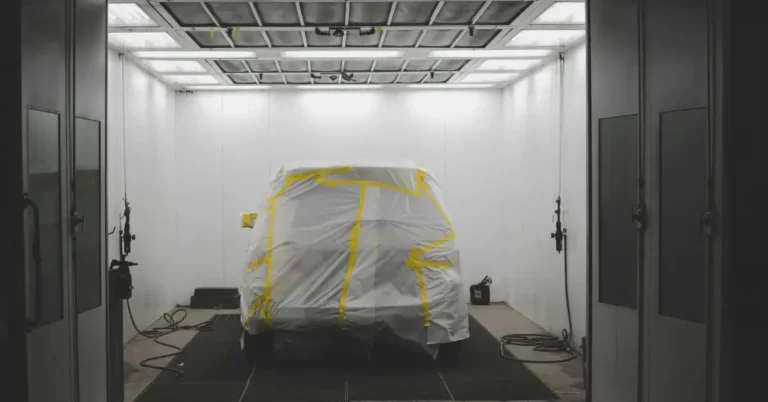Car Body Maintenance is not only about keeping it looking good, it’s also about preserving functionality and safety. Regular Car Body Maintenance can prevent rust, eliminate scratches, and address dents that could lead to more significant issues later.
By taking proactive steps to care for our vehicle’s exterior, we ensure that our car not only shines but also retains its structural integrity and value over time.
Car Body Maintenance it is the first line of defense against sun, salt, pollutants, and road debris, which can lead to faded paint or corrosion.
Regular cleaning, waxing, and inspection can protect our investment, while we detect problems earlier, such as paint chips or minor rust spots and we can address them before they develop into costly repairs, even if we search for help from experts or reputable shops, such as highly rated mechanics for routine maintenance.
Understanding Car Body Types
When it comes to car body maintenance we must address different needs, to ensure longevity and peak performance. Whether you have a sleek sedan, a robust SUV, or a sporty little number, keeping the exterior in tip-top shape is important.

Sedan Maintenance
Maintaining a sedan involves regular washing and waxing to protect its finish from the elements. We recommend checking the door seals and window edges to prevent water leaks and rust. Always inspect the undercarriage for signs of wear and apply a protective coating if necessary.
SUV Care
For SUVs, their larger size and often off-road use demand a more vigilant approach. Paying attention to the wheel wells and underbody, especially after rough terrain adventures, is essential. Clear out trapped debris and mud to avoid rusting and apply a rust-proofing spray.
Sports Car Upkeep
The car body maintenance of a sports car is all about preserving its high-performance aesthetics and functionality. Ensure the aerodynamic components are secure and free of damage. Since sports cars are often lower to the ground, checking for scrapes or cracks in the bodywork is something we do regularly.
Basics of Car Body Maintenance
When we think about car body maintenance, it’s essential to focus on the key practices that keep our car looking fresh off the lot. From washing to protection, each step helps the car body maintenance to be aesthetic and structural in the best order.
Regular Cleaning
To ensure our car retains its shine and is free from damaging elements like dirt and salt, a regular washing routine is fundamental. We should use products designed specifically for automobiles, as regular household cleaners can harm the paint and finish. It’s best to:
- Wash our car frequently, ideally once a week (In the Winter more often).
- Use car-specific cleaners to avoid damaging the protective coatings.
Protective Coatings
After our car is clean, applying a protective coating can make a big difference in preserving the paint job. Whether it’s a wax or a sealant, these products add an extra layer of defense against UV rays, pollution, and minor scratches.
- Apply a coat of quality wax every three to six months.
- Consider a paint sealant for longer-lasting protection.
Scratch and Dent Prevention
When talking about Car body maintenance, preventive measures against scratches and dents are as crucial as addressing them promptly when they do occur. We can minimize the risk by:
- Using gentle washing tools like a soft sponge or microfiber cloth.
- Being mindful of where and how we park, steering clear of areas where our car might get dinged or scratched.
Keeping up with car body maintenance not only improves our car’s appearance but also protects its value and longevity.
Detailing Techniques
When it comes to car body maintenance, we know that a well-executed detailing job can both enhance our vehicle’s appearance and preserve its value. Let’s explore some effective techniques for interior, exterior, and engine bay cleaning.
Interior Detailing
Car interior maintenance, starts by removing any trash or personal items from your car. For deep cleaning, consider using an aerosol product designed to neutralize odors like tobacco smoke. Use it sparingly on fabrics to avoid soaking them, and then recirculate the air with the fan on high to spread the neutralizer efficiently.
Vacuuming
Use a high-powered vacuum to remove dirt from carpets, seats, and hard-to-reach areas.
Upholstery Cleaning
Apply a fabric cleaner to seats and carpets to remove stains.
Surface Wipe-down
With a microfiber cloth, gently clean the dashboard, center console, and other surfaces.

Exterior Polishing
An exterior finish exemplifies the true essence of car body maintenance. Use a dual-action polisher and a quality polishing compound to address any minor scratches or swirls. This will restore the paint’s shine and protect it from further damage.
Washing
Employ the two-bucket method, one for cleaning and another for rinsing, to avoid scratching the paint with dirt particles.
Clay Bar Treatment
Run a clay bar over the car’s surface to pull out embedded contaminants.
Waxing
Finish with a carnauba or synthetic wax to seal the paint and add a protective layer.
Engine Bay Cleaning
A clean engine bay not only looks good but can also help in the early detection of problems. Ensure the engine is cool before you begin, and protect sensitive components such as the battery and air intake with plastic bags.
Degreasing
Spray a dedicated engine degreaser on the engine and let it sit to break down grime.
Gentle Scrubbing
Use a soft brush to gently scrub away dirt and grease.
Rinse
Carefully rinse off the degreaser with a low-pressure water spray, avoiding electronic components.
Throughout these detailing steps, we must use the right products and techniques for our car’s specific materials and finishes.
Rust Prevention and Treatment
When we talk about car body maintenance, the fight against rust is extremely important.
It’s an issue that can creep up without warning, so staying proactive is key.
Identifying Rust Early
We should regularly check the wheel wells, the underside of the car, and around the fenders. If we notice any paint bubbling or discoloration, it could indicate starting rust. Catching these signals early means we can deal with the rust before it becomes a major issue, and get expensive.

Chemical Rust Removers
Chemical rust removers can be a strong ally. These products are designed to target and remove rust without damaging the underlying metal. The application typically involves brushing the chemical onto the rust spot, waiting for it to act, and then wiping it off. For example, using products like rust converters can transform rust into a paintable surface, halting the oxidation process.
Rustproofing Options
To prevent rust, we have several rustproofing options.
Options include electronic rustproofing, which uses a weak electric current to deter rusting and undercoating with rubberized or wax-based sprays that shield the underside of the car. Additionally, we can apply clear automotive paint to areas of exposed metal after an incident, protecting them until proper repairs can be made. It’s an investment, but it makes sense given that the underside of the car is invincible to rust.
Weather-Related Protection
When we talk about car body maintenance, it’s vital to address how weather can damage our vehicles. Extreme temperatures and conditions demand specific protection strategies.
Sun Damage Mitigation
Parking
Always aim to park in the shade or under a covered area. It’s the easiest way to minimize direct sunlight which can fade paint and crack plastic.
Waxing
Apply a quality wax every few months. Wax acts as a sunscreen for your car, providing a protective layer against UV radiation.
Winterizing Your Car
- Antifreeze: Ensure your car’s coolant system is full with a 50/50 mix of water and antifreeze, which is essential for preventing freeze-ups.
- Rubber Seals: Apply a rubber seal protectant to door and window seals to prevent sticking and tearing due to ice and freezing temperatures.
Taking these steps can significantly prolong the life of your vehicle’s exterior, keeping it in top condition throughout the seasons.
Repairing Minor Body Damage
When it comes to car body maintenance, addressing minor damage promptly can save us from bigger headaches down the line.
Here’s how we can tackle small dents, scratches, and part replacements with ease.
DIY Fixes for Small Dents
In Car Body Maintenance, small dents on our car can be an annoying, but with the right tools and techniques, we can handle them without a trip to the repair shop.
For a DIY approach, one popular method uses a plunger:
moisten the edges for better suction, place it over the dent, and gently pull.
If the dent is too stubborn, a specialized dent pulling kit may be necessary, which can include items like suction cups or glue-based pullers.
Dealing with Cracks and Scratches

Surface-level scratches and cracks in the car’s paint might seem minor, but they can lead to rust. For light scratches, we can often use a touch-up pen paired with our car’s specific paint code.
However, for deeper marks, we’ll need a scratch repair kit and some sandpaper to smooth out the area before applying matching paint.
Replacing Small Parts
Sometimes, car body maintenance means exchanging small parts like mirrors, door handles, or trim. We can usually order these parts online or visit an auto shop to find the exact match for our car. After obtaining the right part, we can use basic hand tools to replace the broken component ourselves.
Professional Services
When it comes to car body maintenance, selecting the right professionals is crucial. We’ll guide you through the process of choosing a reliable body shop and understanding insurance coverage for bodywork.
Choosing a Body Shop
Choosing the right body shop is essential for ensuring high-quality repairs. Firstly, look for a provider with a good reputation, like those found through the AAA Approved Auto Repair Locator.
A good sign is a shop with I-CAR trained technicians, as they signify industry-standard training in collision repair.
For instance, Gerber Collision & Glass boasts the I-CAR Gold Class designation, which less than 8% of repairers nationwide have achieved
- Check for certifications or partnerships with recognized institutions.
- Read customer testimonials and online reviews.
- Inspect the facility for cleanliness and organization.
- Ask about warranties on their work.
Insurance for Bodywork
Navigating through insurance for car body maintenance can be tricky.
It’s important to understand what your policy covers in terms of auto body repair. Typically, insurance companies have a network of approved repair shops like Midas, which can make the process smoother.
Always confirm if the body shop will coordinate with your insurance provider.
- Review your insurance policy for body repair coverage details.
- Discuss with your insurer about approved auto body shops.
- Ensure that the shop will provide a detailed estimate to submit to your insurer.
- Keep all paperwork organized for any future claims or questions.
FAQ
What is a body repair on a car?
An auto body shop repairs damage to the exterior and non-moving parts. Restores vehicles after minor or major collisions. Repairs dents in the sheet metal. Restores paint and repaints to match factory colors. Replaces bumpers, damaged body panels, and other components that are not part of the engine.
Are body repairs worth it?
Putting off body repairs can be a false economy. That minor scratch, scrape or dent can allow water to permeate your car’s finish, which can lead to rust that can be expensive to fix. This problem is worse the older your car is, with vintage cars at major risk of costly corrosion.
What is a smart repair on car bodywork?
SMART repair stands for ‘Small, Medium Area Repair Technology’. It’s the process of repairing a small area of your vehicle to make it look as good as new again, without replacing a whole panel. The SMART Repair service is made to make your life easier and to cut costs.
Im sure our Tips for Car Body Maintenance will help you solve your now and future Problems.
Did you already made experiences with Car Body repairs?
Let us know in the Comments or write us a Mail, we would love to hear your story.
Til then see you next time, when it says again…
…Let´s Ride!






